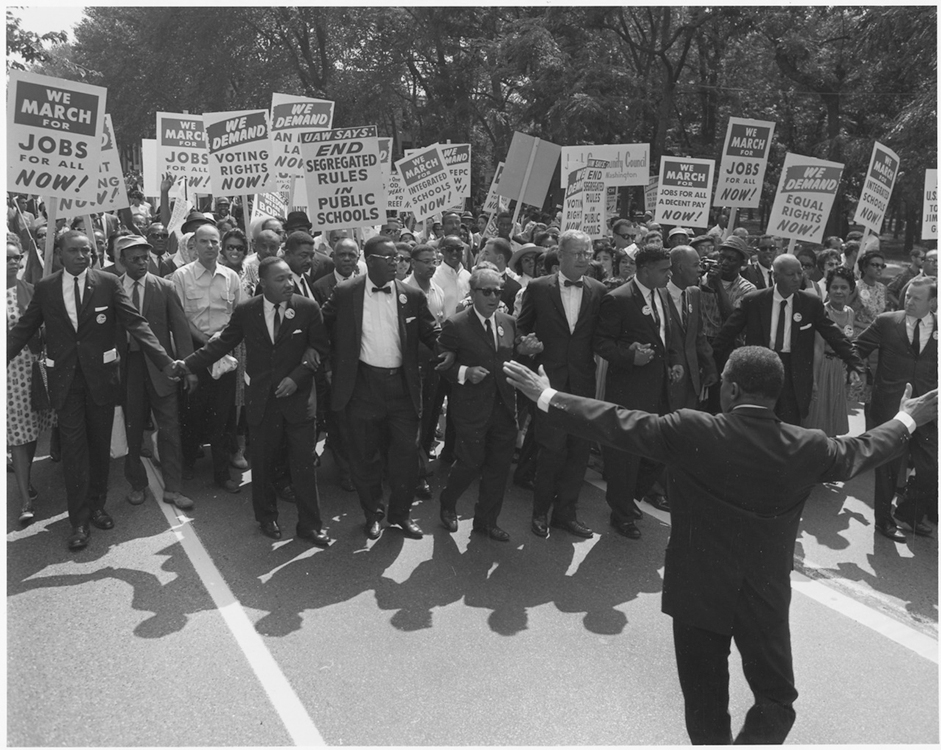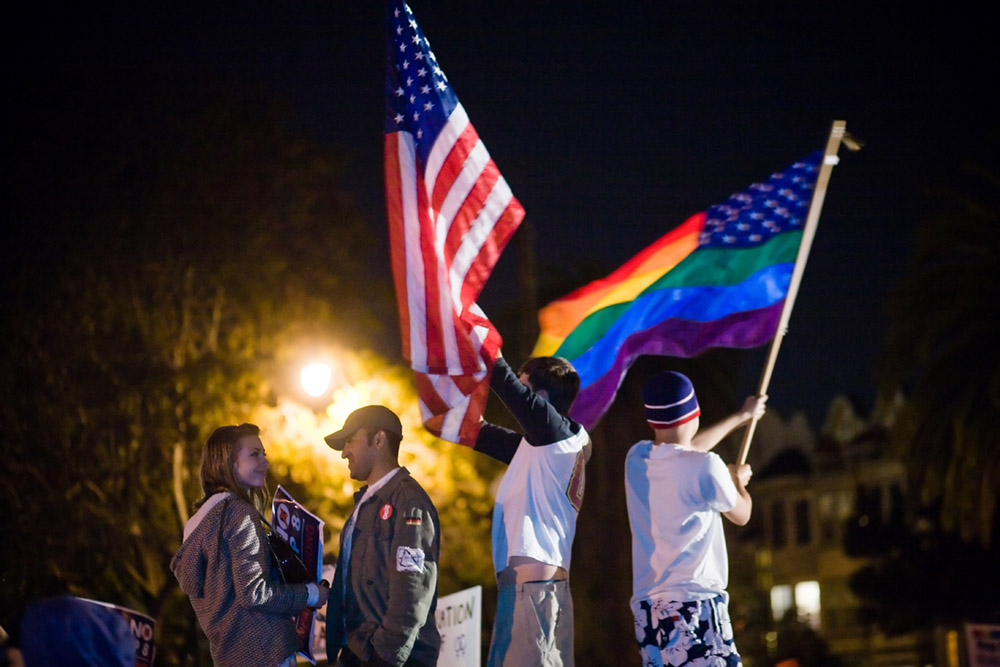| << Chapter < Page | Chapter >> Page > |



Transformation involves a complete revision of goals. Once a movement has succeeded, it risks losing relevance. If it wants to remain active, the movement has to change with the transformation or risk becoming obsolete. For instance, when the women’s suffrage movement gained women the right to vote, they turned their attention to equal rights and campaigning to elect women. In short, it is an evolution to the existing diagnostic or prognostic frames generally involving a total conversion of movement.
New social movement theory , a development of European social scientists in the 1950s and 1960s, attempts to explain the proliferation of post-industrial and post-modern movements that are difficult to analyze using traditional social movement theories. Rather than being one specific theory, it is more of a perspective that revolves around understanding movements as they relate to politics, identity, culture, and social change. Some of these more complex interrelated movements include ecofeminism, which focuses on the patriarchal society as the source of environmental problems, and the transgender rights movement. Sociologist Steven Buechler (2000) suggests that we should be looking at the bigger picture in which these movements arise—shifting to a macro-level, global analysis of social movements.
Social movements are purposeful, organized groups, either with the goal of pushing toward change, giving political voice to those without it, or gathering for some other common purpose. Social movements intersect with environmental changes, technological innovations, and other external factors to create social change. There are a myriad of catalysts that create social movements, and the reasons that people join are as varied as the participants themselves. Sociologists look at both the macro- and microanalytical reasons that social movements occur, take root, and ultimately succeed or fail.
Think about a social movement industry dealing with a cause that is important to you. How do the different social movement organizations of this industry seek to engage you? Which techniques do you respond to? Why?
Do you think social media is an important tool in creating social change? Why or why not? Defend your opinion.
Describe a social movement in the decline stage. What is its issue? Why has it reached this stage?
Aberle, David. 1966. The Peyote Religion among the Navaho . Chicago: Aldine.
Area Chicago. 2011. “About Area Chicago.” Retrieved December 28, 2011 ( (External Link) ).
Benford, Robert, and David Snow. 2000. “Framing Processes and Social Movements: An Overview and Assessment.” Annual Review of Sociology 26:611–639.
Blumer, Herbert. 1969. “Collective Behavior.” Pp. 67–121 in Principles of Sociology , edited by A.M. Lee. New York: Barnes and Noble.
Buechler, Steven. 2000. Social Movement in Advanced Capitalism: The Political Economy and Social Construction of Social Activism . New York: Oxford University Press.
Gladwell, Malcolm. 2010. “Small Change: Why the Revolution Will Not Be Tweeted.” The New Yorker , October 4. Retrieved December 23, 2011 ( (External Link) ).
Goffman, Erving. 1974. Frame Analysis: An Essay on the Organization of Experience . Cambridge, MA: Harvard University Press.
Human Rights Campaign. 2011. Retrieved December 28, 2011 ( (External Link) ).
McAdam, Doug and Ronnelle Paulsen. 1993. “Specifying the Relationship between Social Ties and Activism.” American Journal of Sociology 99:640–667.
McCarthy, John D. and Mayer N. Zald. 1977. “Resource Mobilization and Social Movements: A Partial Theory.” American Journal of Sociology 82:1212–1241.
National Organization for Marriage. 2011. “About NOM.” Retrieved January 28, 2012 ( (External Link) ).
Slow Food. 2011. “Slow Food International: Good, Clean, and Fair Food.” Retrieved December 28, 2011 ( (External Link) ).
Snow, David, E. Burke Rochford, Jr., Steven , and Robert Benford. 1986. “Frame Alignment Processes, Micromobilization, and Movement Participation.” American Sociological Review 51:464–481.
Snow, David A. and Robert D. Benford 1988. “Ideology, Frame Resonance, and Participant Mobilization.” International Social Movement Research 1:197–217.
Texas Secede! 2009. “Texas Secession Facts.” Retrieved December 28, 2011 ( (External Link) ).
Tilly, Charles. 1978. From Mobilization to Revolution . New York: Mcgraw-Hill College.

Notification Switch
Would you like to follow the 'Introduction to sociology' conversation and receive update notifications?